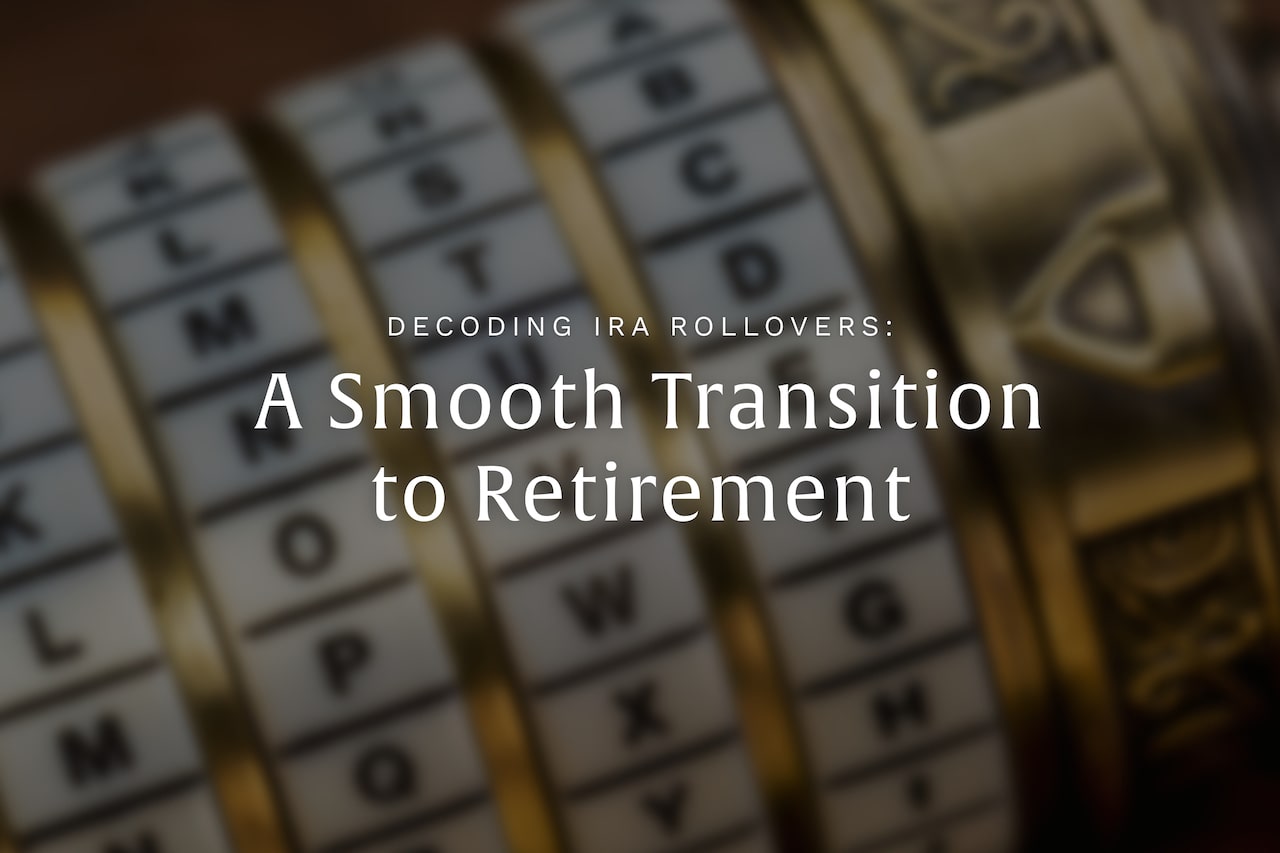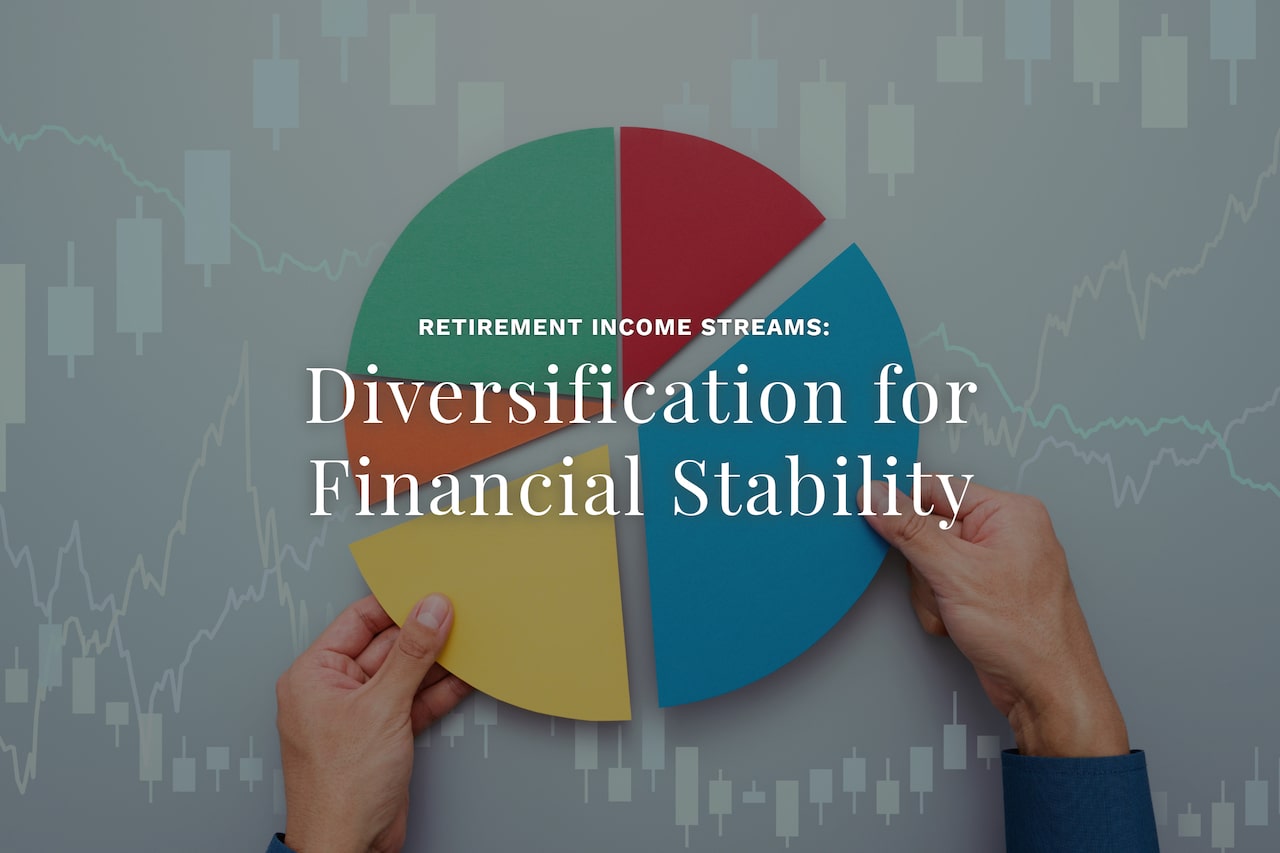Planning for retirement is an essential component of maintaining financial health, though it can appear overwhelming. Thankfully, tools such as retirement calculators simplify the task, providing a method to project future financial scenarios from existing financial behaviors. This article discusses how to use retirement calculators effectively to enhance your future financial stability, helping you to envision and plan for the financial future you desire.
Retirement Calculators: The Basics
Retirement calculators are digital tools that assist users in determining how much they need to save for retirement, taking into account various personal and financial details. These typically include current age, desired retirement age, current savings and investments, expected annual contributions, and estimated annual retirement expenses. By processing these inputs, calculators can project the future value of current savings and the additional amounts needed to reach retirement objectives.
Potential Benefits of Using Calculators to Plan Ahead for Future Financial Stability
The primary benefit of retirement calculators is their ability to provide a personalized snapshot of your retirement outlook. They help in understanding how changes in savings rates, investment returns, and retirement age can impact your financial stability in later years. Additionally, these tools can highlight the effect of inflation on your savings, helping ensure that your retirement planning takes into account the decreasing purchasing power of money over time.
Typical Planning Pitfalls and How to Avoid Them
Retirement calculators can be invaluable tools, but misinterpretation of their outputs can lead to overly optimistic or pessimistic retirement planning. A common pitfall is the assumption of constant high investment returns, which may not account for market volatility. To counteract this, it’s advisable to use conservative estimates for returns and to consider various return scenarios. Another issue is underestimating the potential length of retirement, which can be mitigated by planning for a longer lifespan than the average expectancy. Regularly updating your retirement plan to reflect changes in financial situation and goals is also crucial.
Your Financial Plan: Integrating Retirement Calculators
Retirement calculators offer a starting point for planning for your future financial stability, but they should not be the sole basis of your retirement strategy. They are best used in conjunction with professional financial advice. A financial advisor can provide a comprehensive plan that accounts for factors beyond the scope of most calculators, such as tax strategies, estate planning, and insurance needs. This holistic approach ensures that your retirement plan is robust, flexible, and tailored to your individual circumstances.
Are You Using Effective Tools to Plan for Your Future Financial Stability?
Retirement calculators are valuable resources that can enhance your retirement planning efforts when utilized effectively. By recognizing both their strengths and limitations, you can incorporate these tools into a comprehensive financial strategy aimed at achieving your retirement objectives. Begin using these calculators now to actively progress towards a well-prepared retirement.
Plan Your Retirement with Seaman Retirement Planning
Planning for retirement can seem like a daunting journey, but with Seaman Retirement Planning, you’re not navigating it alone. We know that many people do not yet have a written, reliable plan for retirement, and while retirement calculators may help, so can our experienced guidance. We can help you personalize a retirement plan that takes into account your unique goals and aspirations. Contact us today to learn more!


















































